
Management of the consequences of partial edentulism
CASE STORY
A 46-year-old male patient presents with the chief complaint of “I need some teeth in the lower right side, and I was also told I need a crown on a tooth that had a root canal.” About 5 years ago, the patient had first and second molars on his mandibular right side (30 and 31) removed due to extensive decay. Endodontic therapy was completed on his maxillary left first molar (14) at that time; however, no definitive restoration was placed on the tooth. The patient also expresses interest in a more aesthetic smile.
Figure 1: Preoperative presentation.
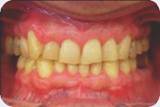
Figure 2: Preoperative maxilla.
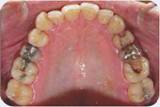
Figure 3: Preoperative mandible.
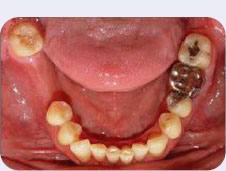
Radiographic Findings
Figure 4: Preoperative full mouth series of radiographs.
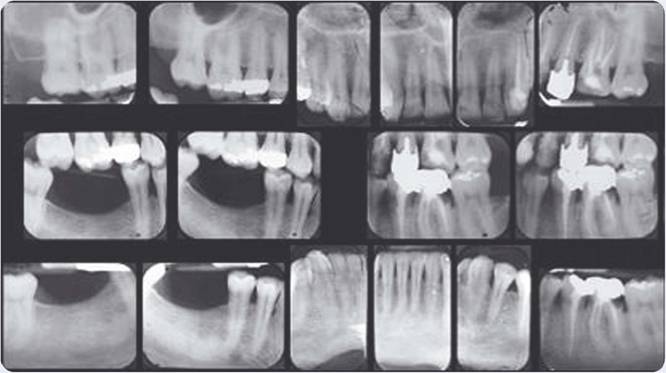
LEARNING GOALS AND OBJECTIVES
- Understanding the sequelae of excessive tooth wear
- Evaluation of treatment options for nonrestorable teeth
- Evaluation and planning for correction of supraeruption of teeth
- Evaluation of aesthetics
Medical History
- No significant findings
Dental History
- Patient received regular dental care until about 5 years ago.
- History of restorative and endodontic therapy and extractions
- No history of orthodontic or periodontic therapy
- Patient brushes only before sleep and does not floss.
Medications and Allergies
- No medications
- No known drug allergies
Figure 5: Dental charting.
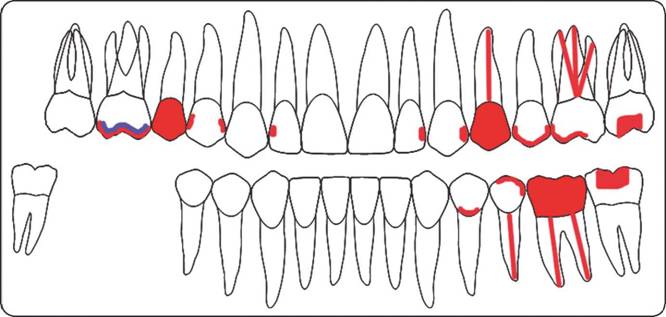
Charting
Significant Clinical Findings/Problem List
- Plaque-induced gingivitis
- Missing teeth: maxillary third molars (1, 16), mandibular left third molar (17), mandibular right first and second molars (30, 31)
- Maxillary right first molar—3MOD
- Maxillary right second premolar—4 open margin
- Maxillary right first premolar—5MD
- Maxillary right lateral incisor—7D
- Maxillary left lateral incisor—10M
- Maxillary left canine—11D
- Maxillary left first premolar—12MOD
- Maxillary left second premolar—13MOD
- Maxillary left first molar—14MO
- Maxillary left second molar—15OL
- Mandibular left second molar—18OB
- Mandibular left first molar—19DO
- Mandibular left second premolar—20D0
- Mandibular left first premolar—21B
- Inadequate endodontic therapy: maxillary left first premolar and first molar (12, 14) and mandibular left first molar and second premolar (19, 20)
Diagnosis
- Partial edentulism
- Plaque-induced gingivitis
- Caries
- Inadequate restorations
- Inadequate endodontic therapy
Clinical Decision-Making Determining Factors
- In determining restorability of a single tooth, several prognostic factors must be considered. These factors include endodontic retreatment, periodontal procedures, and amount of remaining tooth structure after caries excavation. The overall dental treatment of the patient also should be taken into consideration (Torabinejad, Anderson et al. 2007; Salinas and Eckert 2007; Balevi 2008).
- In considering the prognosis and restorability of teeth, several factors have to be considered:
- Prognosis of endodontic retreatment of a tooth without apical periodontitis—studies have shown more than 90% survival rate of these teeth after a 4-6-year follow-up.
- Whether the tooth will require a crown- lengthening procedure for placement of restoration without violation of the biologic width.
- Prognosis of the tooth following exposure of the furcation area after crown-lengthening procedure—teeth with furcation involvement are difficult to maintain by the patient and the dental professional because />
Stay updated, free dental videos. Join our Telegram channel

VIDEdental - Online dental courses


